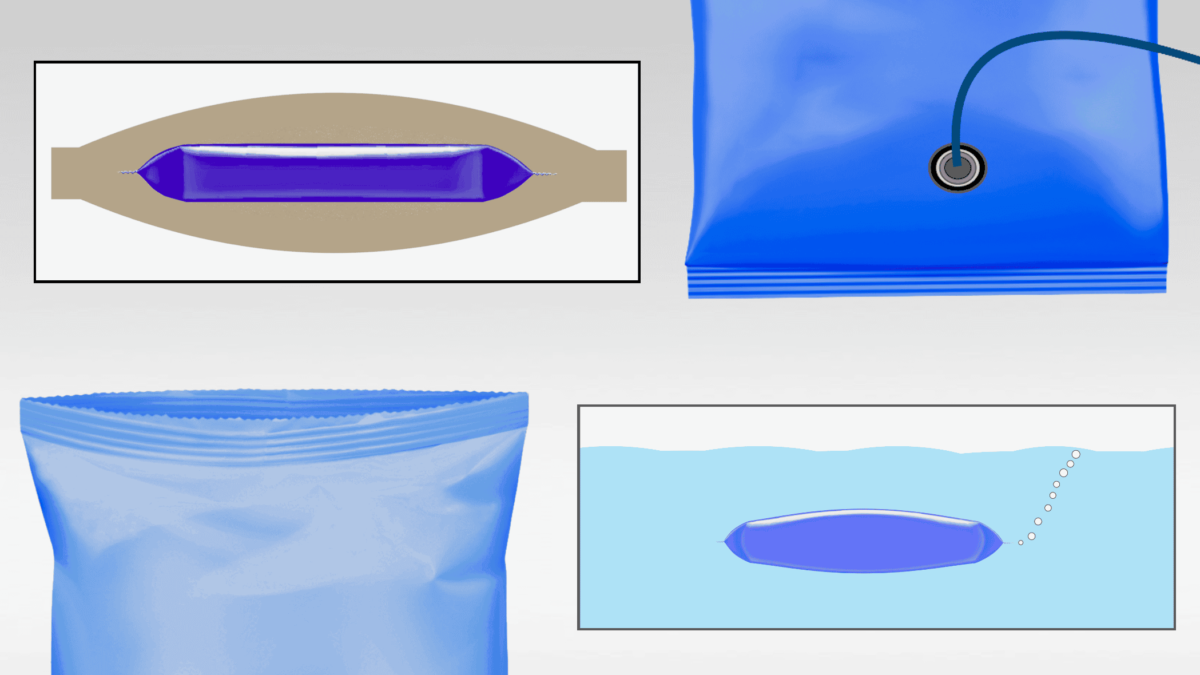In our previous post we explored the sealing relationship between heat, time and pressure, which must be provided in the right combination to produce quality seals.
This post explains how reduced seal widths can increase sealing pressure and help you to: 1. Improve seal quality; 2. Boost productivity; and 3. Decrease per-package film costs on form fill seal machines with reciprocating sealing jaws.
1. Improve Seal Quality

During production, the packaging machine applies force to the sealing jaws. The jaws distribute sealing pressure across the sealing face to create a seal. The amount of sealing pressure applied depends on the total surface area of the sealing face and the serration design.
Reduce Seal Widths to Increase Sealing Pressure

On a 200 millimeter wide package with a 24 millimeter total seal width, the sealing force is distributed across 4,800 square millimeters. If the total seal width is reduced to 12 millimeters, then the sealing pressure is concentrated into 2,400 square millimeters. The same force is now distributed across half of the previous surface area, so each point along the seal receives twice as much sealing pressure.
Serration Pattern Design

Different sealing jaw serration patterns apply sealing pressure in different ways. Your serration pattern should be designed for your package configuration and the thickness, rigidity, and other characteristics of your packaging material.
The serrations should minimize or eliminate gaps where little or no force is directly applied, but must also minimize pinch points with excess pressure that can damage or split the film. These issues can become more pronounced when sealing pressure is increased.
Concentrated and properly distributed sealing pressure helps to move the sealant layer into any open channels to calk off leaks and increase seal quality.

Lower Sealing Temperature

If you are currently meeting seal quality standards, concentrated and more consistent sealing pressure may allow you to reduce heat settings. Lower sealing temperature can provide many benefits, including improved hot tack.
2. Boost Productivity
More Packages per Minute

Where increased line speeds are possible and desired, you may be able to reduce dwell times and run more packages per minute without sacrificing seal quality.
3. Decrease Per-Package Film Costs

With reduced seal widths you can also decrease per-package film costs while maintaining the same product envelope.
Can reduced seal widths and the optimal sealing jaw serration design improve seal quality, boost productivity, and decrease per-package film costs on your form fill seal machines? Contact Greener Corporation and we will analyze your packaging variables and make recommendations.


